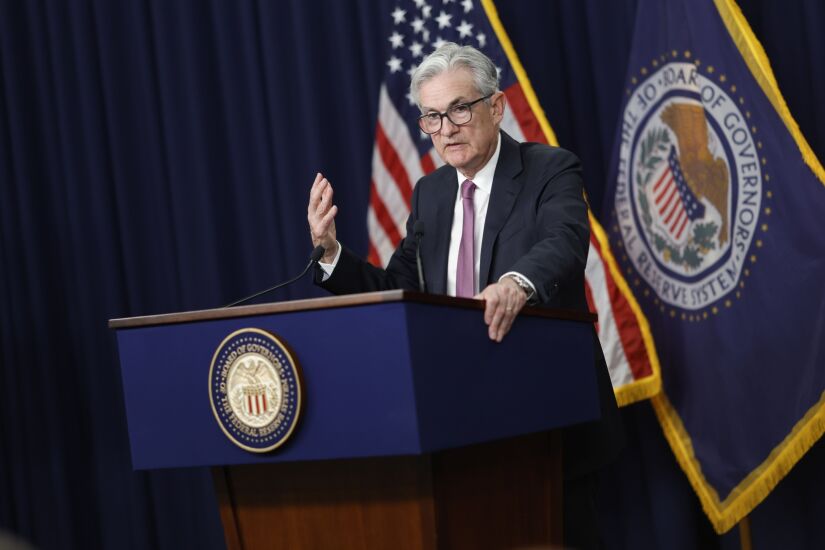One of the most debated aspects of the Biden administration's plan to forgive roughly $400 billion of student loan debt is how it will affect inflation.
Opinions on the matter vary widely. Jason Furman, chief economic advisor for then-President Barack Obama,
tweeted that the move is the equivalent of "[p]ouring roughly half trillion dollars of gasoline on the inflationary fire that is already burning is reckless."
Goldman Sachs, on the other hand, expects the move to have a minimum economic impact. In a research paper distributed Thursday, the investment bank projected that the program would increase gross domestic product by 0.1% next year and by less in the years ahead, with the inflationary impact charting a similar path.
Some officials and commentators have even suggested that the White House's plan could be deflationary as it calls for an end to the federal student loan repayment moratorium implemented at the beginning of the pandemic. Borrowers will have to resume making monthly payments starting in January.
Unlike stimulus payments or even tax credits, there is no transfer of money to borrowers, only a reduction of debt on their personal balance sheets. This raises the question of whether these individuals feel wealthier and, if so, whether that induces more of the demand that the Federal Reserve is
attempting to quash through higher interest rates.
Derek Tang, co-founder of the Washington-based research firm Monetary Policy Analytics, expects demand to be little changed as a result of the debt cancellation. Not only have borrowers been able to forgo their loan payments during the moratorium, but many have long priced some degree of loan forgiveness into their personal budgets because Biden promised it on the campaign trail in 2020.
"There was already a lot of speculation that, at some point during the Biden presidency, these loans would be forgiven," Tang said. "A lot of people might have been counting on it halfway already, so the resulting impact on their spending patterns might not be as big as if this was like a complete surprise."
Still, Tang said, even a modest increase in demand could warrant additional action by policymakers in Washington, especially since
recent rate increases by the Fed have done little to cool off a red-hot labor market.
"If it does end up being a little bit more inflationary than we expect, especially next year, it might have an impact on what the Fed does, because the Fed is trying to bring inflation down to 2% and every 10th of a percent counts," he said. "Even if this is going to generate a 10th more inflation, that's going to make the Fed's job a little bit more difficult. The Fed can only bring inflation down by reducing demand, and what that means is it's going to have to push the labor market down a little bit more to get what it wants."
If demand is to rise in the immediate aftermath of the debt cancellation, it is most likely to center on credit-intensive purchases, such as homes and automobiles, which have already seen significant price increases in recent years due to supply and demand imbalances. Yet even skeptics of the policy do not expect this to be a significant driver of overall inflation.
Neal McCluskey, director of the Center for Educational Freedom at the libertarian think tank Cato Institute, said he expects a near-term inflation increase following the cancellation will be "real but small" and likely hard to isolate among the various other factors that have caused prices to rise this past year — including fiscal stimulus programs and supply chain bottlenecks.
In the long run, McCluskey said the ripple effects of the Biden administration's action on student debt will have a significant inflationary impact on the world of higher education. He expects future students will be more willing to take on debt under the expectation that it will be forgiven and universities, in turn, will increase their prices.
"Many people will look at student loans now and say, 'Well, why shouldn't I take out student loans and take out more?' Because once there's a precedent for cancellation they can say 'OK, why did you forgive them three years ago and not now?' " McCluskey said. "Colleges will see that and raise their prices, not just because they can, but because they have things they think would be valuable to do and they need money to do it. That's one way to get it."
— Kyle Campbell 










